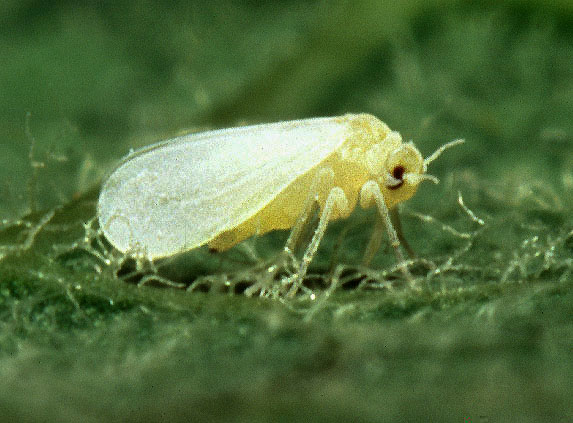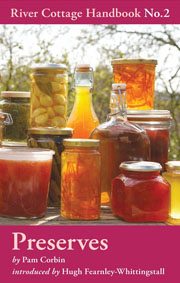Every year spent growing chillies seems to throw up a different problem. Too cold, too changeable, not enough sun, too much rain….there’s always something getting in the way of the perfect growing season. I suppose that’s the attraction of gardening…pitting your horticultural skills against the unpredictability of nature.
This year the main problem I’m facing with my pepper plants is whitefly. We’ve talked before a few times about aphid infestations and how to deal with them but to date we’ve not really covered whitefly in much detail.
Having got back from a short holiday I discovered a big whitefly infestation in the chilli house. As with all garden pests it’s usually so much easier to deal with the problem if you catch it early.
Whitefly feed on the plants sap which is why they tend to attack the fresh young growth on plants. Left unchecked they will multiply rapidly and cause lasting damage to the host plants, often stunting their development.
The whitely also secrete a sticky residue on the plants which then attracts dust and muck and usually causes problems with fungal growths on the leaves.

Plant Marigolds In With Chillies
In the past I’ve planted French Marigold into pots and kept them in the chilli house. Marigolds are a natural deterrent to aphids and whitefly and I’ve had some success with this method in the past.
Having a full time job with long hours means that I try to avoid pots as much as possible as I spend all of my evenings watering if I’m not careful. In addition planting marigolds in small pots means they tend to dry out very quickly on hot days which isn’t ideal.
I grow most of my chilli plants in Quadgrows or my DIY self watering pots which saves massive amounts of time watering. I don’t know why I’ve never done it but next year I’ll try planting one French Marigold in each self watering pot. This way there’ll be no extra watering involved or extra space taken up by the marigolds.
Lady Birds
If you’ve got kids around the house then they help is at hand. Send them out lady bird hunting – they usually don’t need much encouragement. Ladybirds are phenomenal for their ability to eat their way through a whitefly infestation so if you can catch a few and release them onto your infested plants they will make a material difference.
Fresh Air
If the infestation is really bad I find the best/easiest method is to move all of your plants outside. By doing so you’ll let the natural predators in the garden go to work on the whitefly. This typically clears the problem up in 2-3 days. While the plants are outside be sure to give the greenhouse a thorough clean to ensure any larvae are removed.
Once the plants go back in to the greenhouse always try to ensure you have as many windows/doors open as possible (temperatures allowing). This will ensure natural predators can get in and keep your plants clean.
Traps
According to the Colorado State University whitefly are attracted to yellow things. This means that using sticky fly traps n the greenhouse is a great method to catch mature whitefly. Personally I’m not a big fan of using these traps as they tend top trap ‘good’ insects too (hover fly, lady birds etc). That said if you have a bed infestation and moving the plants outside (see above) isn’t an option then using sticky traps to get it under control can be a good option.
Cleanliness
One key method to prevent pests and disease in the greenhouse (including whitefly) is to keep things clean. By regularly removing any dead plant matter, spilt compost or other organic matter you’ll be removing habitat that pests like. I also try to regularly wipe down shelves, windows and tables with warm soapy water to improve sanitation.
Insecticides
If you have to use insecticides then make sure they are based on pyrethrins (permethrin being the most common). Neem oil sprays are also highly affected.






James,
I trust all is well with you – I haven’t spotted any updates lately to your site. I hope the chillis are still growing strong!
Kind regards,
Mark
Mark,
I like the sound of your painted cardboard/oil trap to combat the pests. I’ll definitely give this method a go next year.
regards
James
Be wary of insecticides – even those based on pyrethrins. I had some stuff a couple of years ago which actually defoliated my chillis to the point that we renamed the stuff “Agent Orange” after the chemicals the US used in Vietnam.
Painting a piece of fairly stong cardboard or plywood with a bright yellow paint, then, once dry, wipe with engine oil – yep, just simple straightforward fresh oil, nothing clever – works to attract the whitefly and then they stick in the oil. I guess – but haven’t tried – that veg oil would work (perhaps too thin?)
My own biggest problem this year (2014) is the excessive heat we have had! Wish I had grown some of my chillis outside this year, but in previous seasons that wasn’t good – but this year, inside wasn’t good as the heat caused lots of issues!